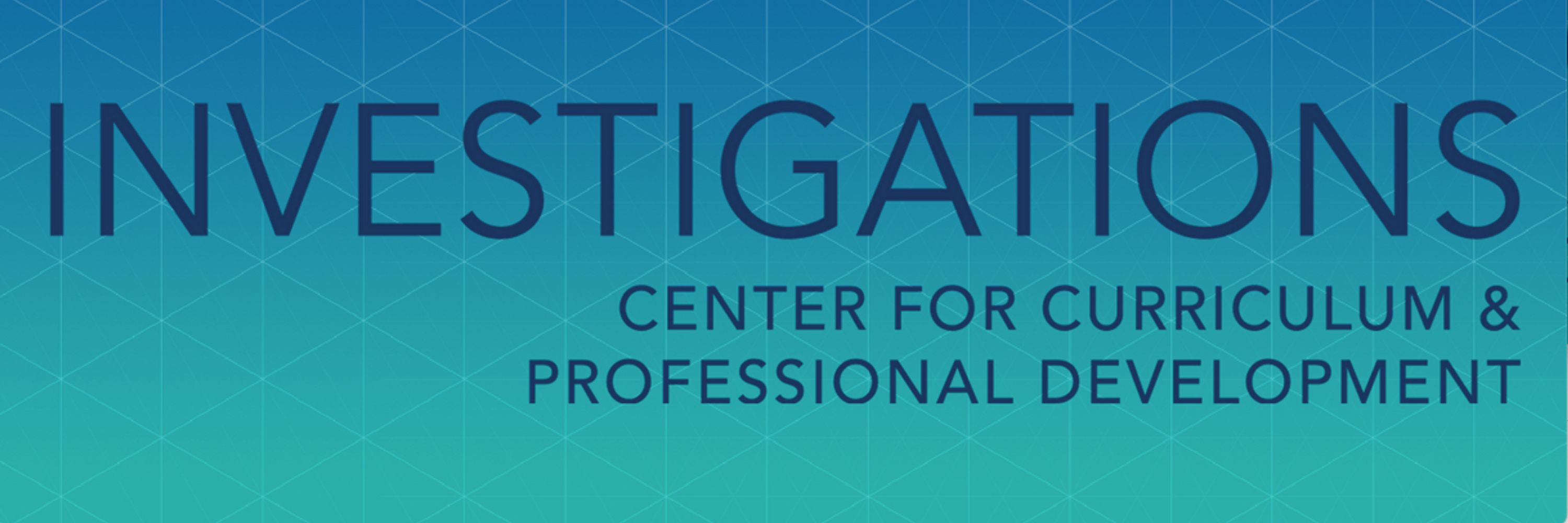
These ?s are a provocation. "We think we know what a vehicle, or sandwich, or word is, but we find our reasoning shifting as problematic cases arise. As a result, our implicit definitions become explicit & more clearly defined."

These ?s are a provocation. "We think we know what a vehicle, or sandwich, or word is, but we find our reasoning shifting as problematic cases arise. As a result, our implicit definitions become explicit & more clearly defined."

... These “What if” questions are a sign that a child is taking a sort of radical ownership over their mathematical thinking. ... He wants something to be true to explore an idea, so he’s just doing it"!
"If 0 + 0 = 1, would 8 times 0 be 4?"
I wrote a blog post about it.
mathforlove.com/2025/11/big-...
#tmwyk #iteachmath #mtbos
... These “What if” questions are a sign that a child is taking a sort of radical ownership over their mathematical thinking. ... He wants something to be true to explore an idea, so he’s just doing it"!
Register here: tinyurl.com/3fnxwbtc
Register here: tinyurl.com/3fnxwbtc
And in that shift, we help them become not just accurate calculators, but empowered mathematicians." /2
And in that shift, we help them become not just accurate calculators, but empowered mathematicians." /2
www.terc.edu/mathequityfo...
Register here: tinyurl.com/3fnxwbtc

Register here: tinyurl.com/3fnxwbtc


tinyurl.com/yc5vbpkmNew

tinyurl.com/yc5vbpkmNew

www.terc.edu/mathequityfo...

www.terc.edu/mathequityfo...

For that game only, my kid can set up the decks (in size, composition, and order) however she chooses.
A tweak that greatly improves the enjoyment of all players


Come by Booth 1408 for a free copy of the MPACT—
project-based learning through making units. Teachers say:
"Students are thriving with hands-on concepts. My reluctant math learners are learning how to apply math in real concepts." www.terc.edu/mpact3d/

Come by Booth 1408 for a free copy of the MPACT—
project-based learning through making units. Teachers say:
"Students are thriving with hands-on concepts. My reluctant math learners are learning how to apply math in real concepts." www.terc.edu/mpact3d/

Marta Garcia speaks with such grace and kindess and love, and I'm so grateful to have her as a mentor. #NCSMRiseUp #NCSM2025
Marta Garcia speaks with such grace and kindess and love, and I'm so grateful to have her as a mentor. #NCSMRiseUp #NCSM2025
Marta Garcia speaks with such grace and kindess and love, and I'm so grateful to have her as a mentor. #NCSMRiseUp #NCSM2025

